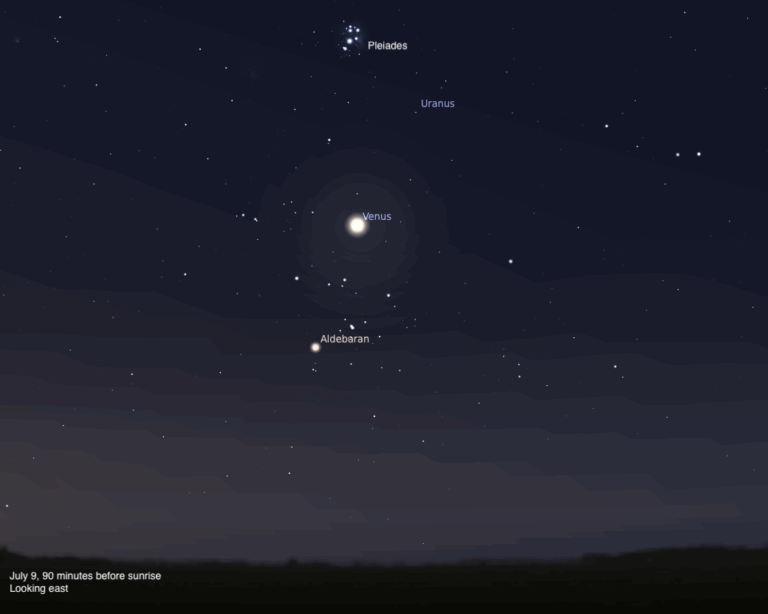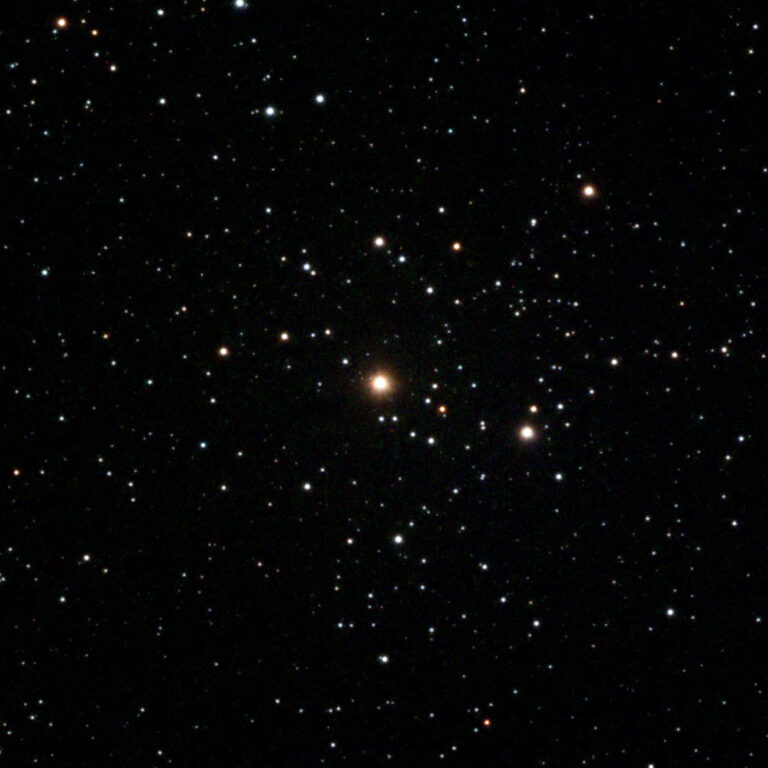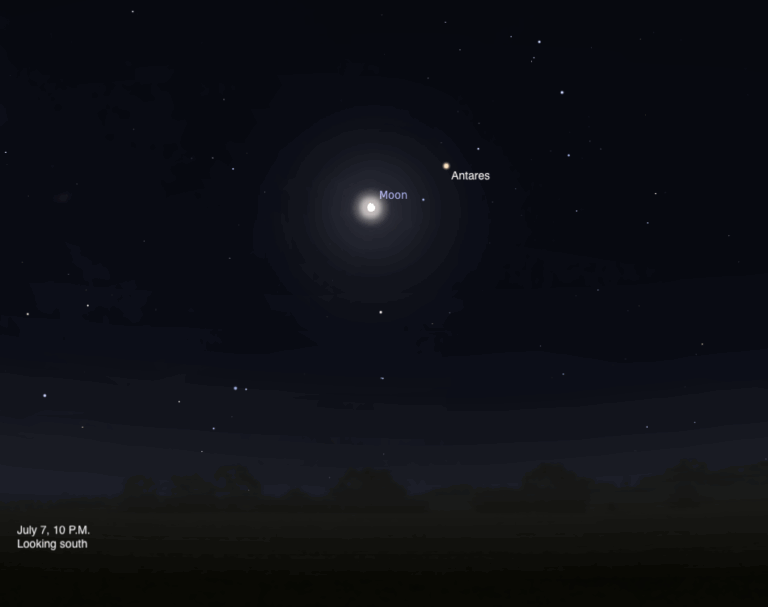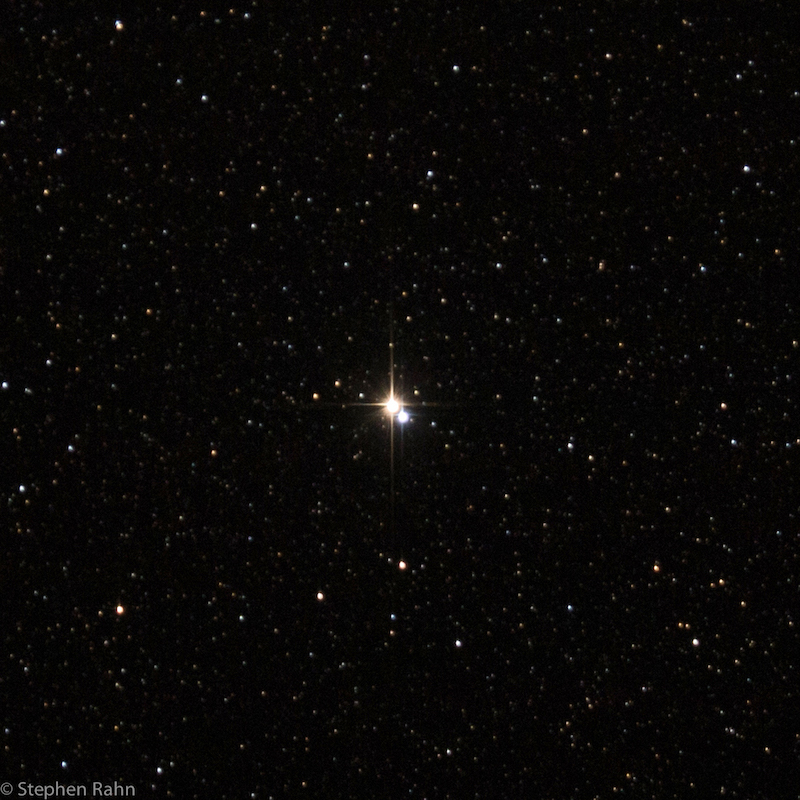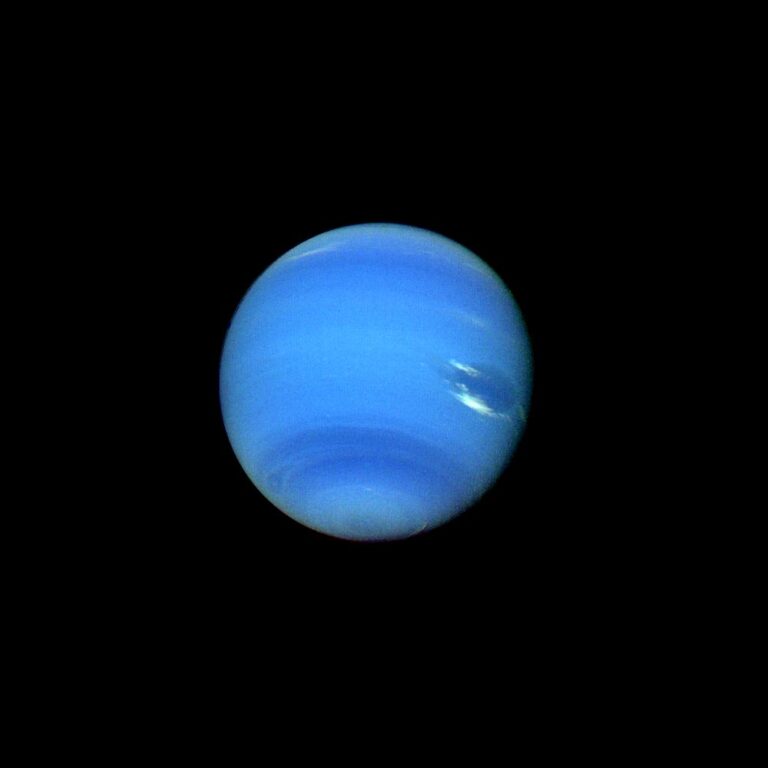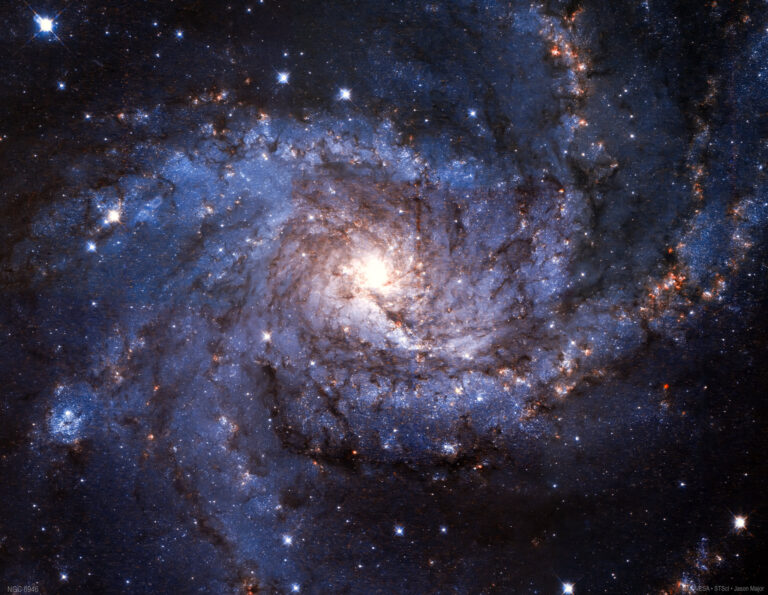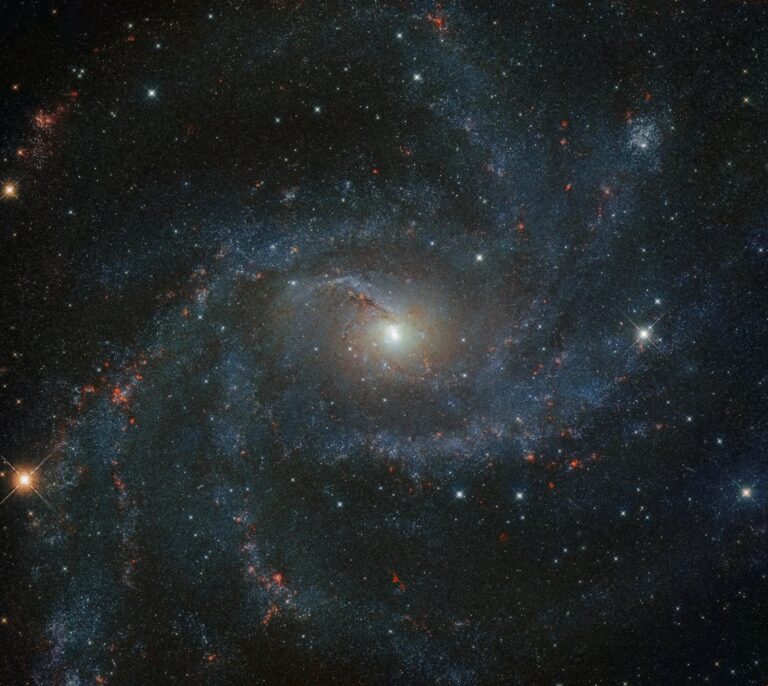
Mercury shares the sky July mornings with the stars of Orion and Taurus. Mars, too, shines high in the east. Click here to download a high-resolution version of this finder chart. Credit: Astronomy: Theo Cobb.
Key Takeaways:
More Astronomy resources:
Astronomy news
This week’s sky events
Astronomy basics
Glossary of astronomical terms
Return to Astronomy “For the media” page
Astronomy promotes the science and hobby of astronomy through high-quality publications that engage, inform, entertain, and inspire. July 23, 2007
WAUKESHA, WI – Mercury, the swiftest planet in the solar system, makes a brief morning showing shortly before dawn. Your best chance to catch a glimpse of this elusive world comes between July 18 and 28.
“Observers must make a special effort to see the planet,” Astronomy magazine Associate Editor Francis Reddy says.
Of all the planets, Mercury orbits closest to the Sun. This small, fast orbit is what makes seeing Mercury such an observing challenge. Because the planet never strays far from the Sun, it always appears in bright twilight. And even when Mercury is best placed for observers, the fleet-footed planet doesn’t remain there long. To catch Mercury, skywatchers need to know exactly when and where to look.
“Even the best view is fleeting,” Reddy says, “but in the challenge lies the reward. Catch a glimpse of Mercury, and you’re seeing a world 38-percent Earth’s size that orbits the Sun four times each year.”
Experts at your disposal
Astronomy magazine editors are available to discuss this event. To request an interview, please contact Matt Quandt at 262.798.6484 or [email protected].
Between July 18 and 28, Mercury stands 10° or higher – a bit more than the width of a fist held at arm’s length – in the east-northeast 30 minutes before sunrise. Go out at least 45 minutes before sunrise so you have time to get your bearings. Once you spot Mercury, see how long you can keep it in sight as the sky brightens.
On July 18, Mercury glows at magnitude 0.7 on the astronomical brightness scale, and a telescope will reveal the planet as a 32-percent-lit crescent. By July 25, Mercury brightens to magnitude -0.3 and sports a half-illuminated disk.
Seen from Earth, where we view Mercury’s orbit edge-on, the planet seems to slide first to one side of the Sun, then to the other. The best times to see Mercury occur when the speedy planet nears its greatest angle away from the Sun. Astronomers call this Mercury’s greatest elongation, and the July 20 event takes the planet 20.3° west of the Sun.
For observers in the United States, southern Canada, and similar latitudes around the world, this is Mercury’s second-best morning appearance for the year. If you miss the planet this time, there’s a slightly better, if colder, opportunity in early November.


